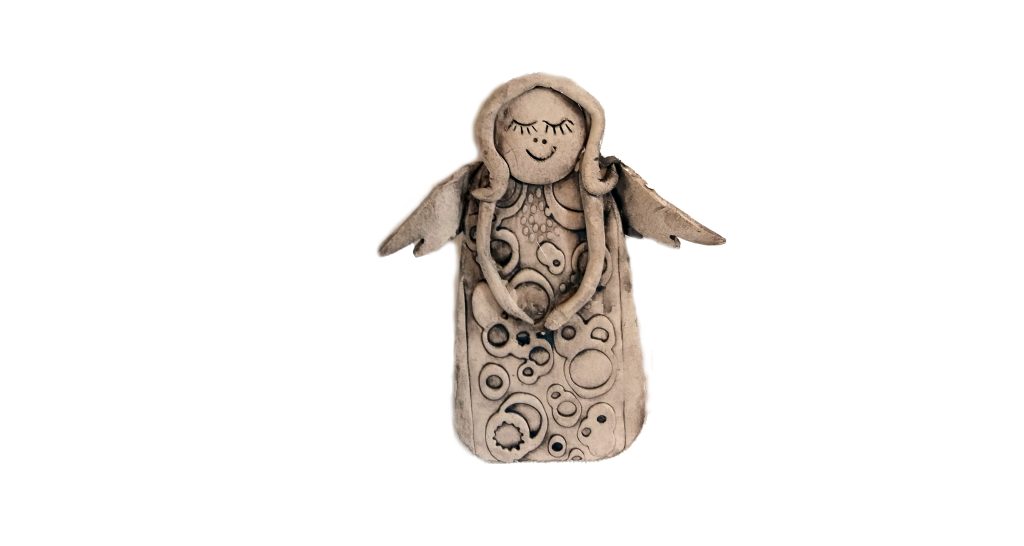Creating a Research Space

Swales’ Create-a-Research-Space (CARS) model of research article introductions
Just as plants compete for light and space, so writers of research papers compete for acceptance and recognition. In order to obtain this acceptance and recognition, many writers will use a rhetorical organizational pattern called Creating a Research Space (CARS). Writers follow this organizational pattern in response to two kinds of competition: 1) competition for research space and 2) competition for readers. In this Introduction pattern, the work of others and/or what is known about the world is primary, and your own work is secondary. This background-foreground relationship is reversed in Discussions.
― Swales, 1990, p. 328
The CARS model of English research article introductions consists of three basic moves. (A “move” in the discourse of research papers is a rhetorical unit of text – often a sentence or paragraph – that performs a coherent communicative function.) Here are the bare bones (to muddy the ecological metaphor) of the CARS model in three variants:
| Swales (1990) | Lewin, Fine & Young (2001) | Booth, Colomb & Williams (2008) as adjusted by Rachael Cayley (2013) | |
| Move 1 | Establishing a territory | Claiming relevance of field | Context |
| Move 2 | Establishing a niche* | Establishing the gap the present research is meant to fill | Problem and significance |
| Move 3 | Occupying the niche | Previewing author’s new accomplishments | Response |
* In ecology, a niche is a particular microenvironment where a particular organism can thrive: here it is a context where a particular piece of research is fitting, makes particularly good sense, is well adapted…
Cayley in her academic writing blog Explorations of Style further gives a model for thesis introductions based on this research article model.
Here is a bit more flesh on the bones of Swales’ CARS model (taken from Swales, 1990):
| Move 1 | Step 1 Claiming centrality and/or Step 2 Making topic generalizations and/or Step 3 Reviewing items of previous research |
| Move 2 | Step 1a Counter-claiming or Step 1b Indicating a gap or Step 1c Question-raising or Step 1d Continuing a tradition |
| Move 3 | Step 1a Outlining purposes or Step 1b Announcing present research Step 2 Announcing principal findings Step 3 Indicating Research article structure |
For an elaboration of the above steps the reader is referred to the useful introduction to the CARS model given by USC Libraries guide for graduate students (providing advice more widely on how to develop and organize research papers in the social and behavioural sciences).
Swales’ extended ecological metaphor of researchers competing for contested territory has proved prescriptively powerful as well as descriptively fitting. Based on Swales’ analysis of a large corpus of existing research articles in various scientific disciplines (including social sciences), the three moves of establishing a territory, establishing a niche and occupying the niche have become an essential part of the writing repertoire of researchers wishing to acculturate to their discipline (dance to the same tune?). As Swales (2013) observes, the CARS model fits best ‘an environment in which originality (especially in theory) tends to be highly prized, competition tends to be fierce, and academic promotionalism and boosterism are strong.’
The following pdf download gives an analysis of an introduction to a paper on academic writing and culture (cf. the earlier post on academic writing in English and Czech).
A previous post on Academic Phrasebank touches on the generic language used in introductions that follow the CARS model, and Academic Phrasebank is a useful way to become familiar with the language associated with the three rhetorical moves.
Sources
Booth, W. C., Colomb, G. C., & Williams, J. M. (2008). The Craft of Research (3rd ed.). Chicago: Chicago University Press.
Lewin, B. A., Fine, J., & Young, L. (2001). Expository discourse: A genre-based approach to social science research texts. London: Continuum.
Siepmann, D., Academic writing and culture, Meta Volume 51, Number 1, March 2006, pp. 131–150.
Swales, J. M. (1990). Genre Analysis: English in Academic and Research Settings. Cambridge: Cambridge UP.
Swales, J.M. & Feak, C.B. (2004). Academic Writing for Graduate Students – Essential Tasks and Skills. Second Edition. Univ. Michigan Press.
Swales, J.M. (2013). Research Genres: Exploration and Applications. Cambridge: Cambridge UP.
Online
USC Libraries
Introductions, Explorations of Style
Finnish Virtual University
K. Pennington, The introduction section (Helsinki Univ. Technology)





Leave a Reply